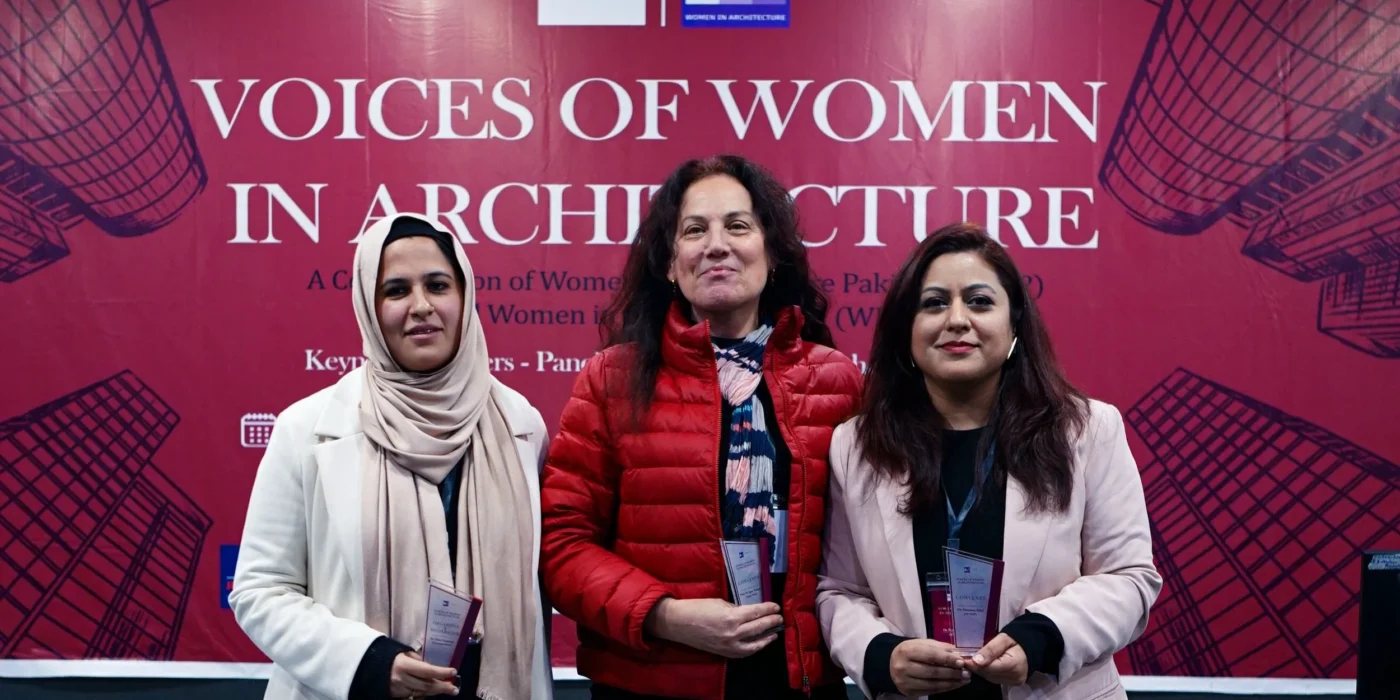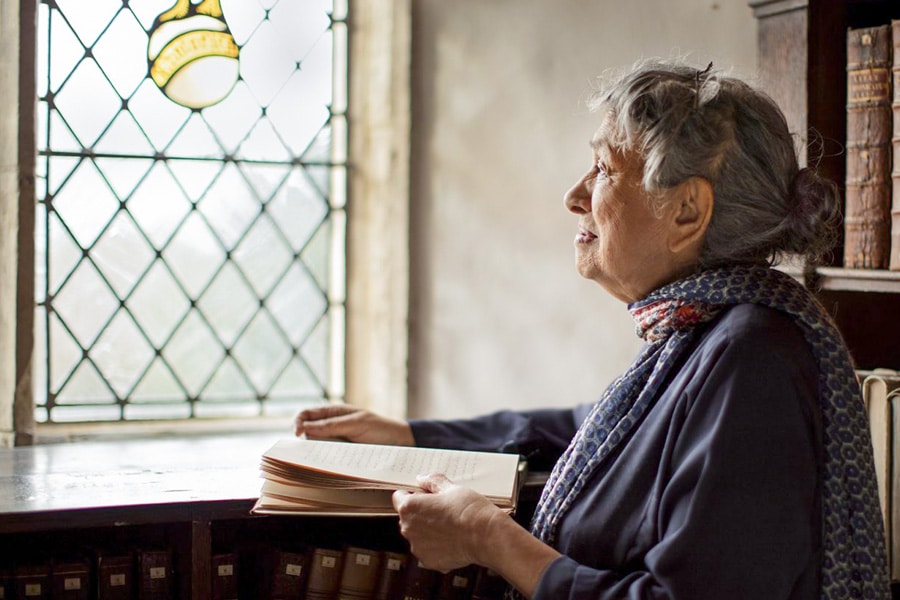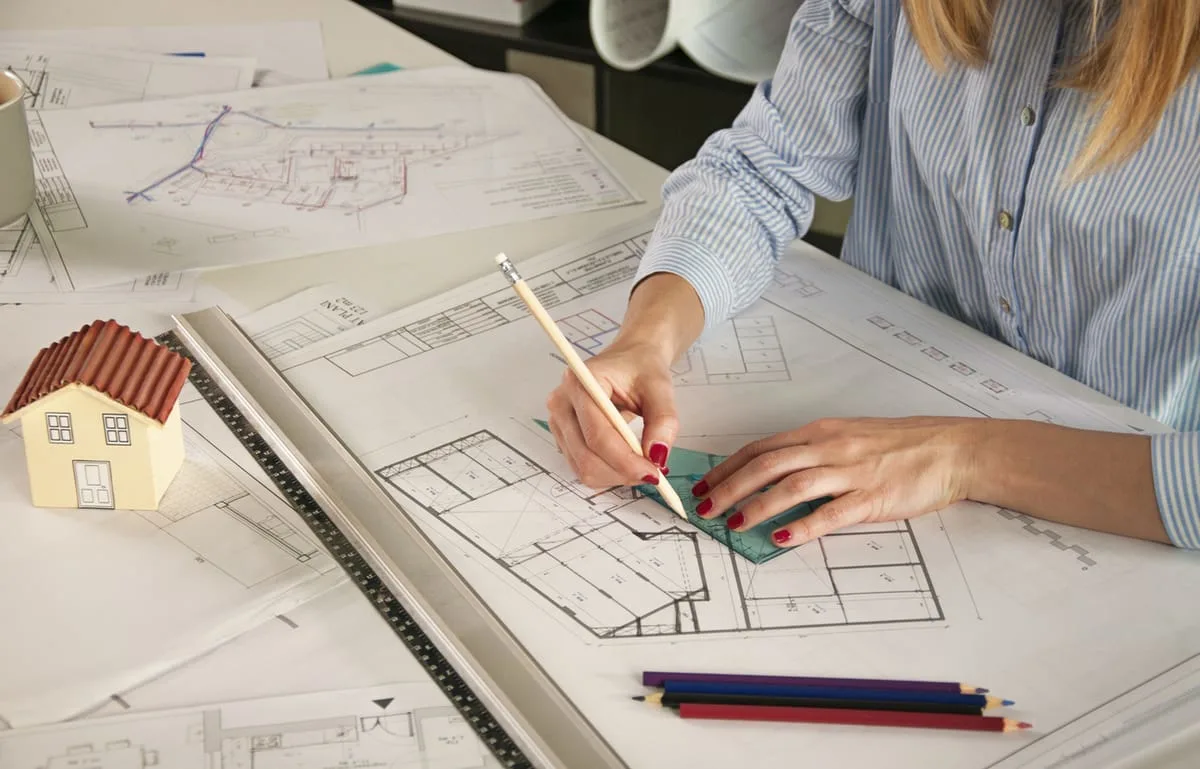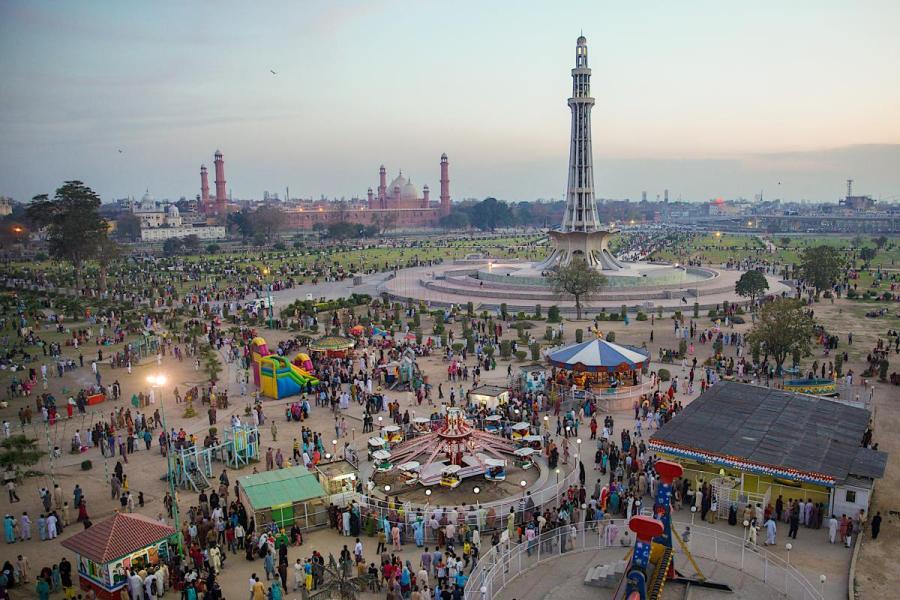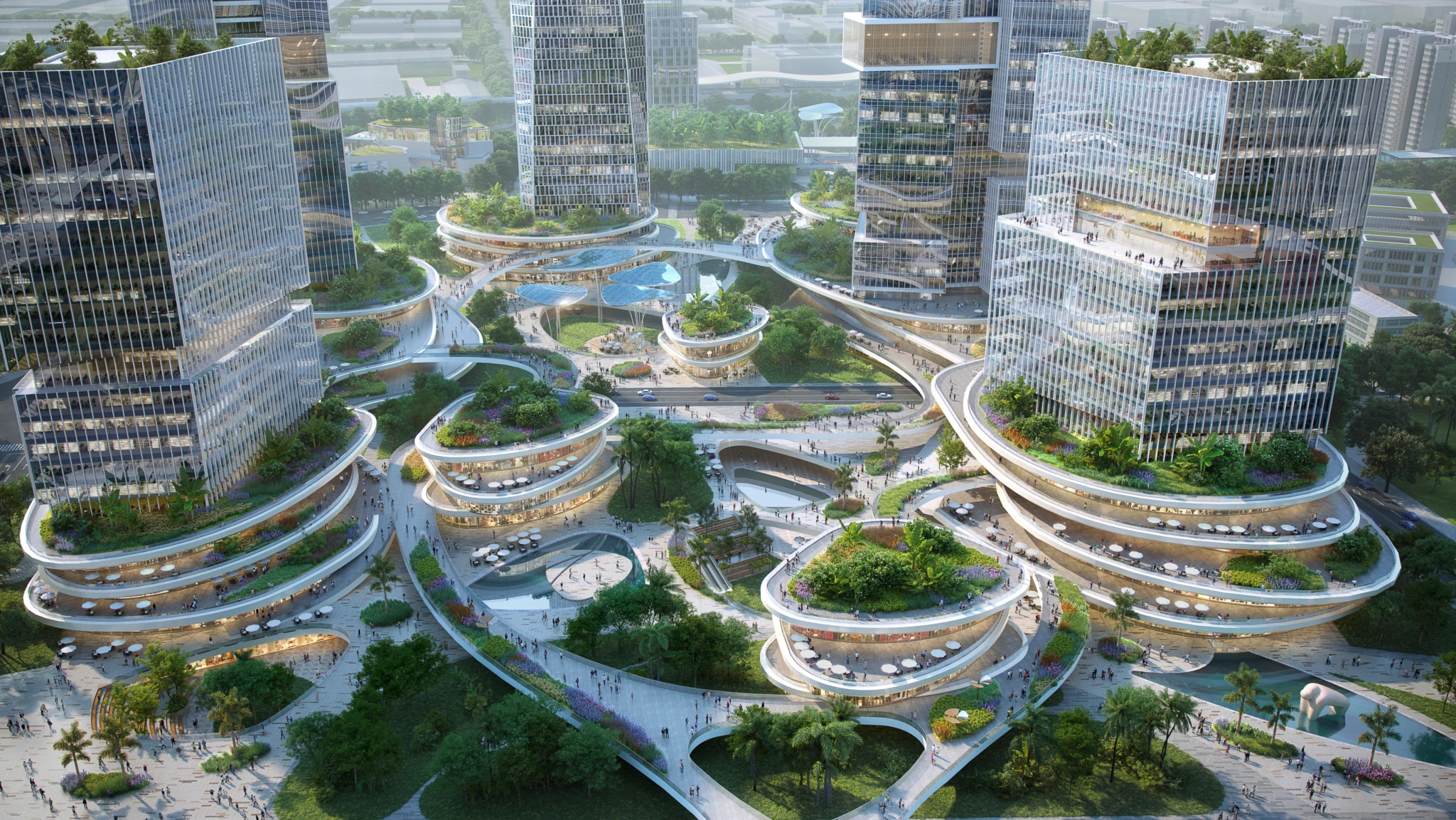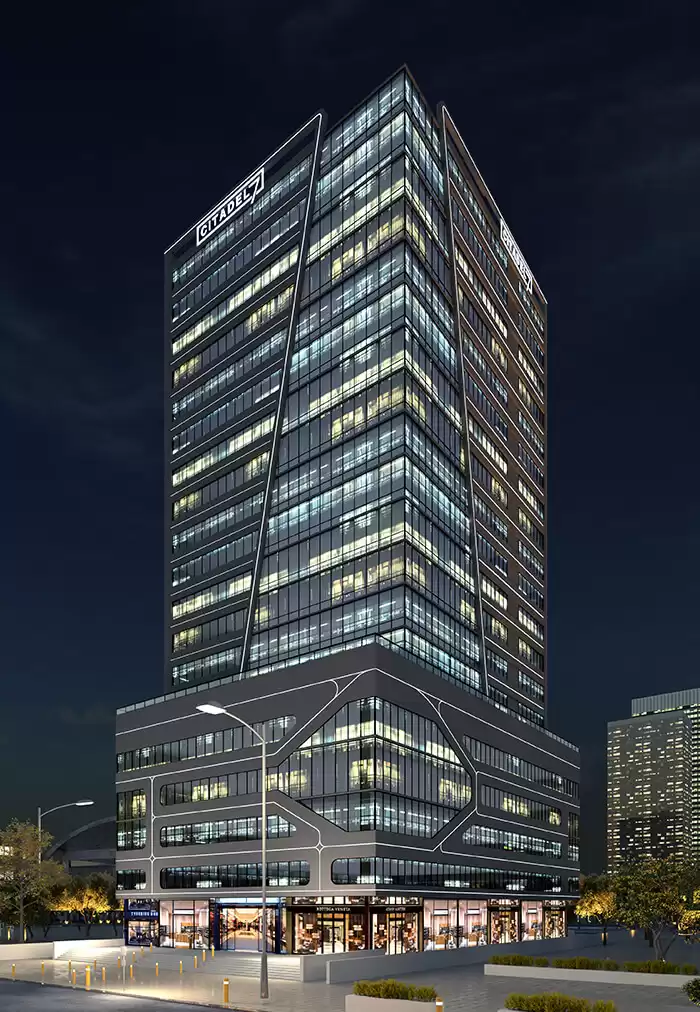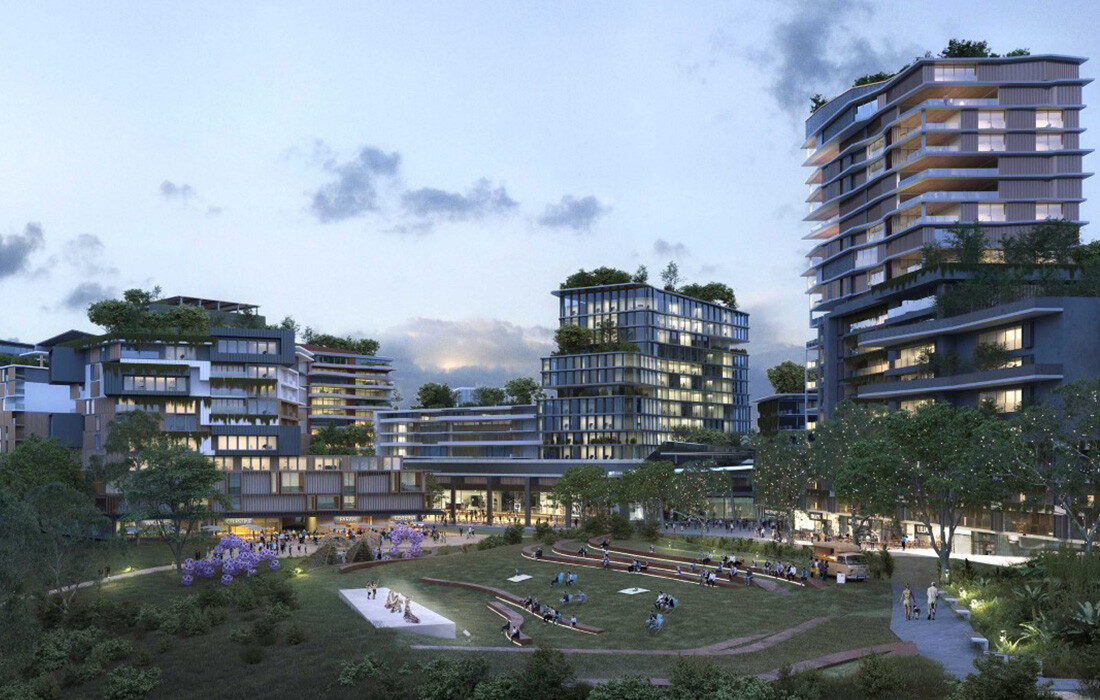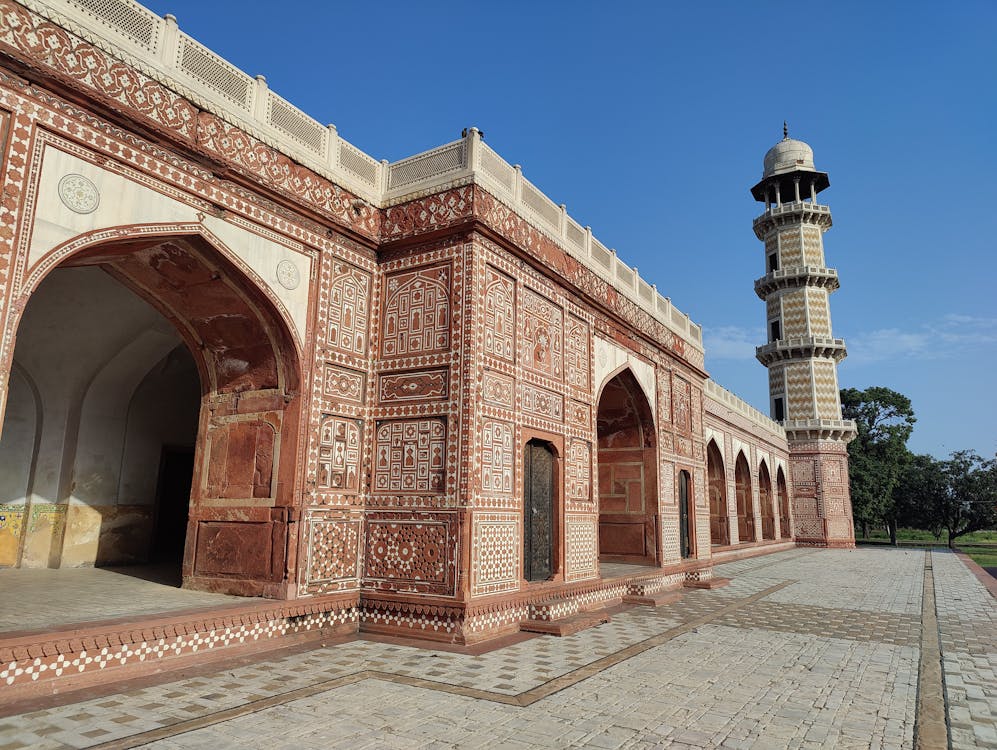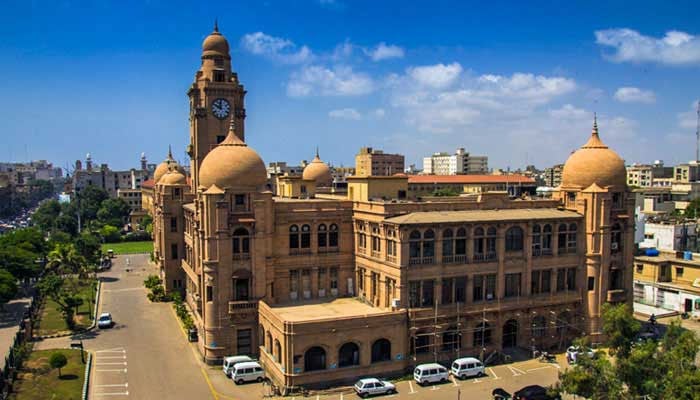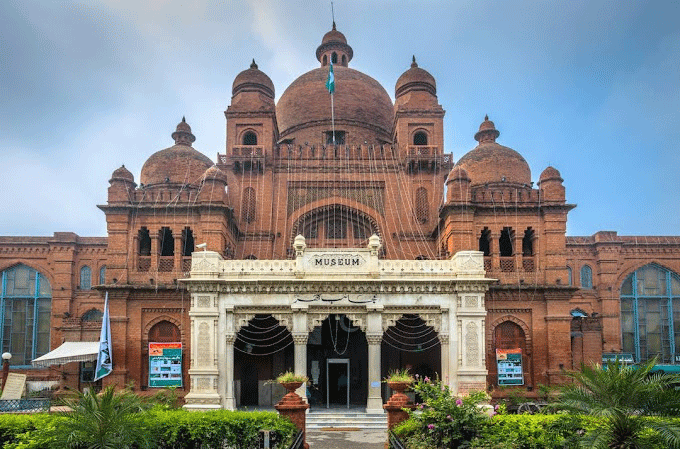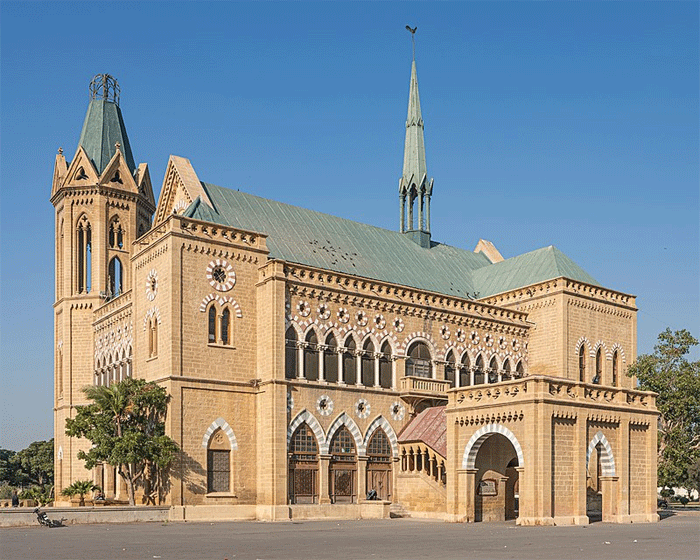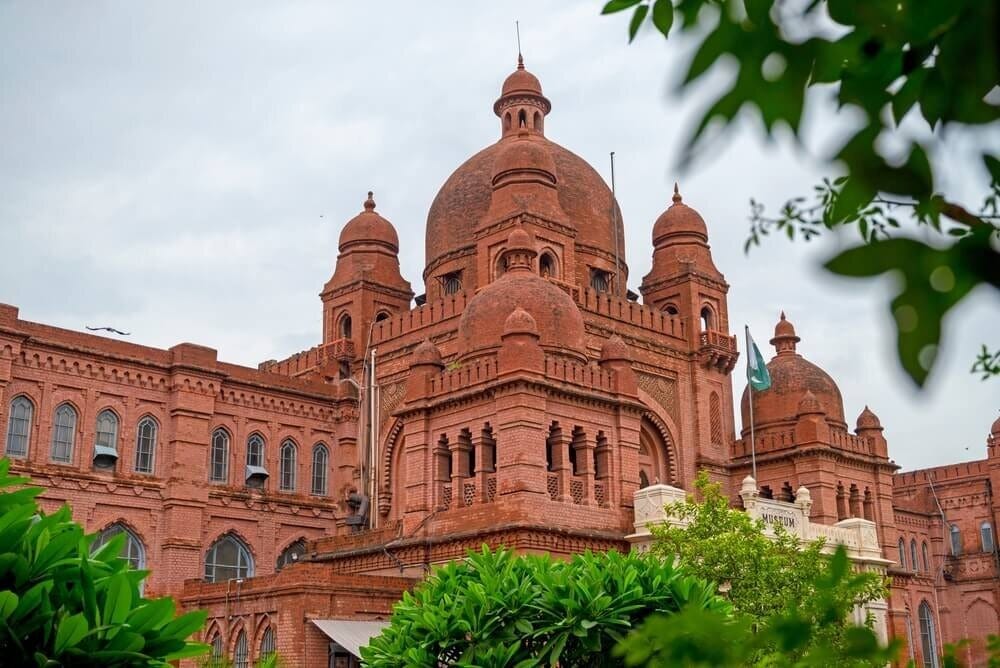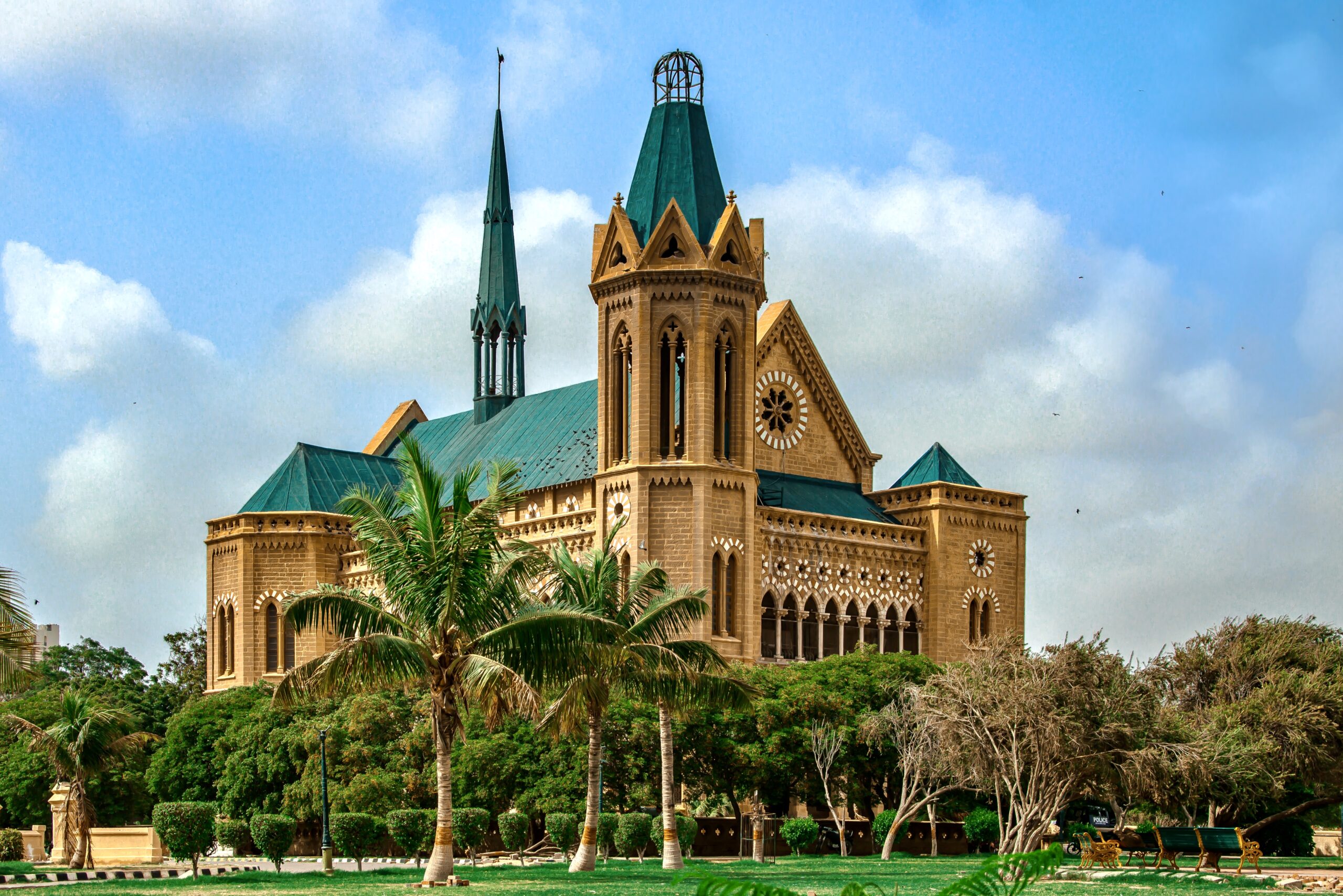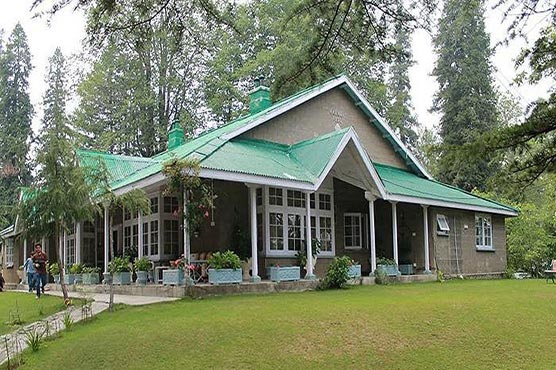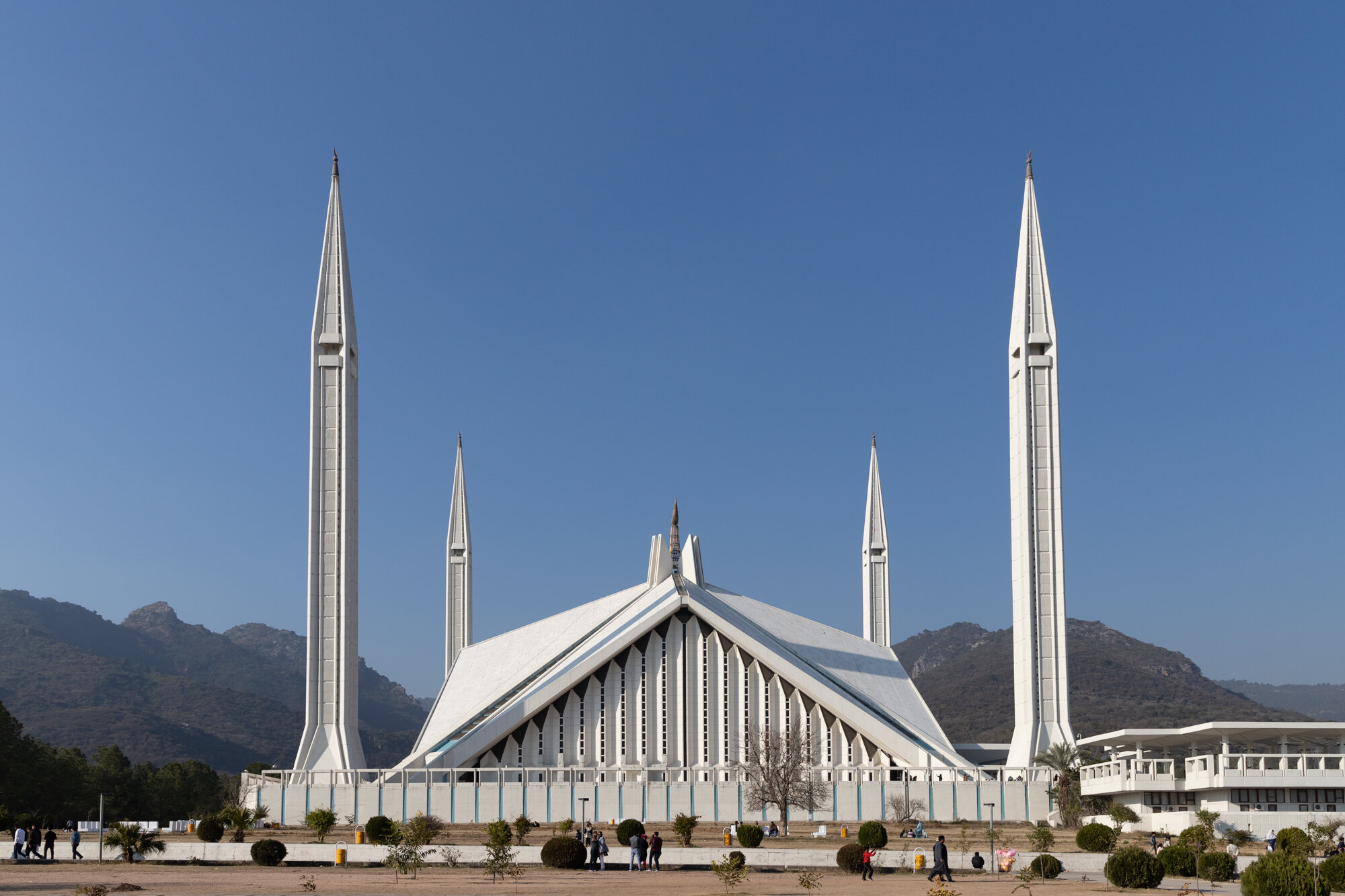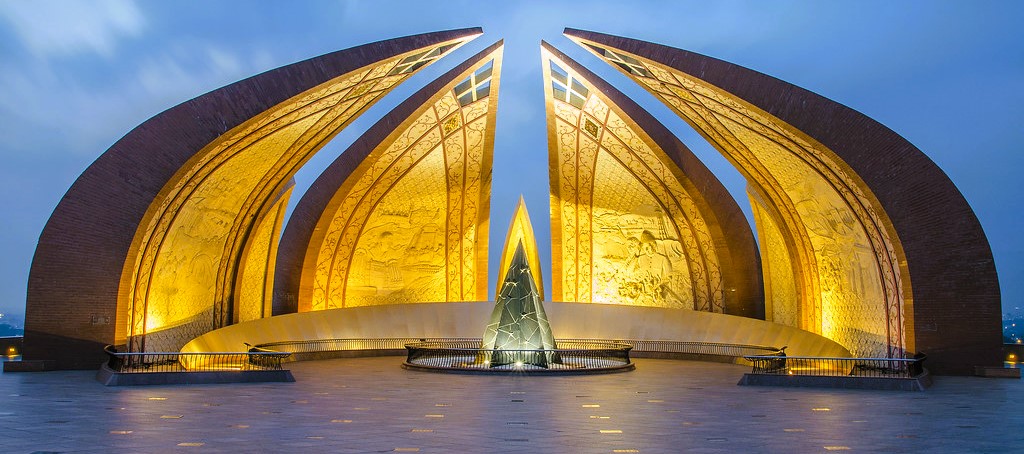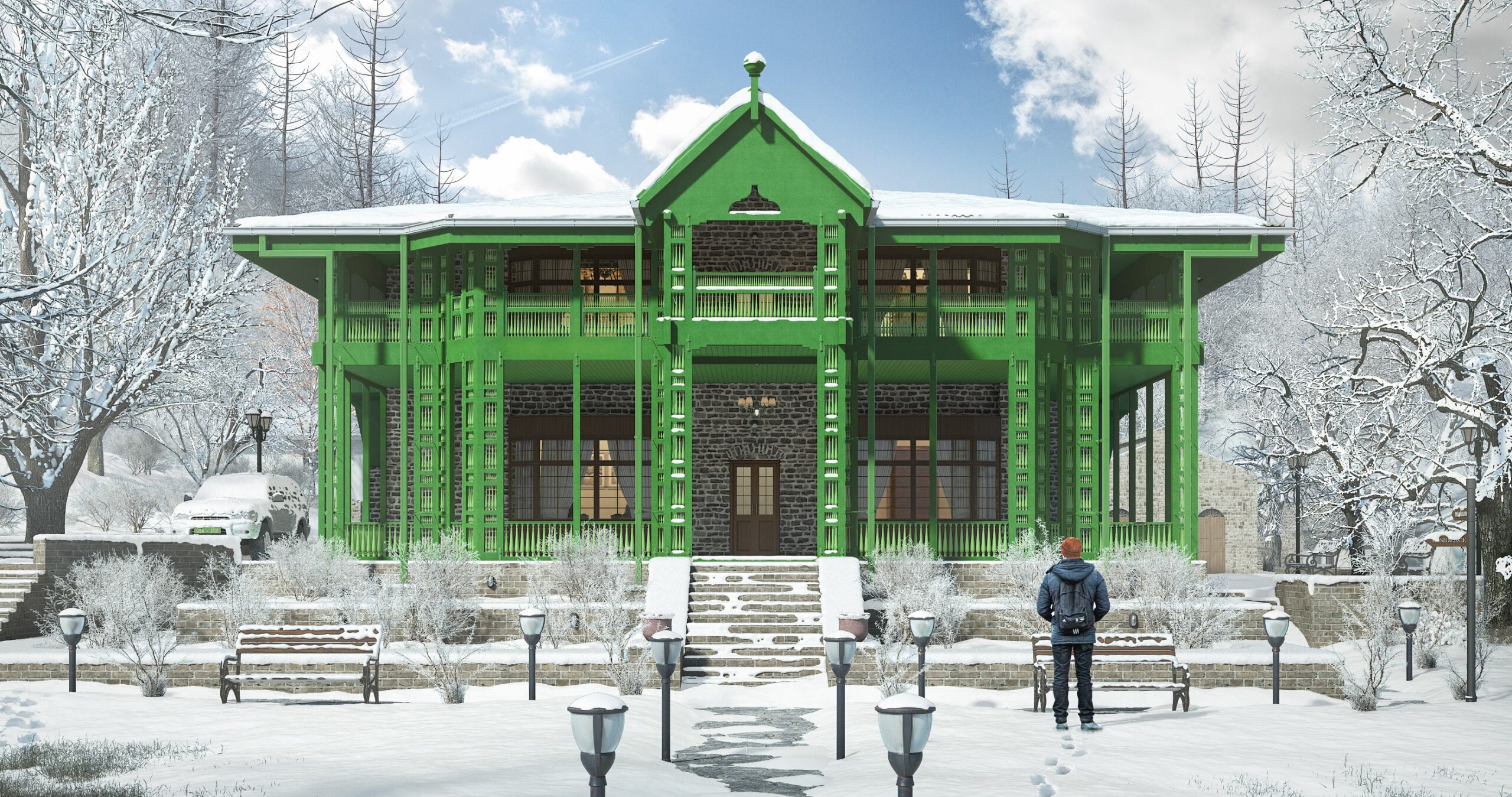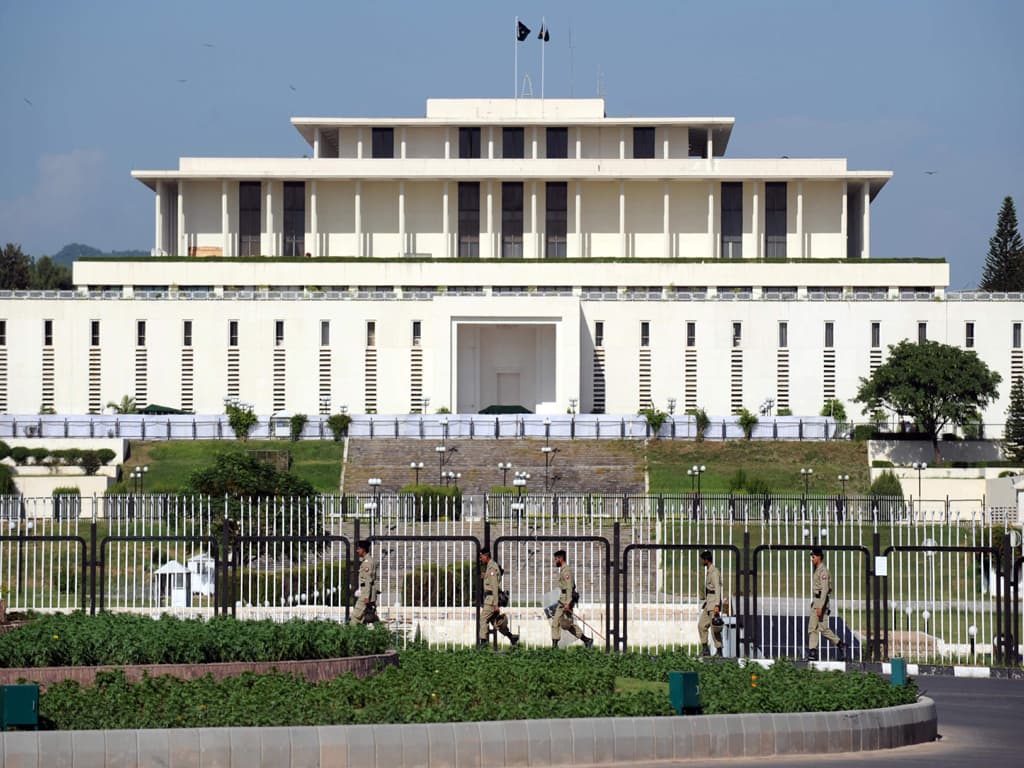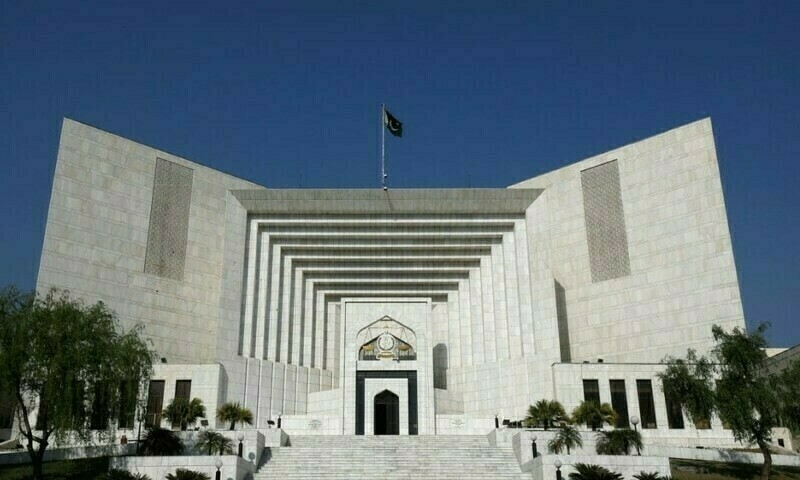The Green Future: Sustainable Design in Pakistani Real Estate
Not too long ago, the conversation around real estate in Pakistan revolved around location, price, and size. Sustainability was often treated as an afterthought, a “good to have” rather than a necessity. But the world has changed. Climate change is no longer a distant concern; it is here, reshaping the way we live and build. In this new reality, a quiet revolution is taking place in the heart of Pakistan’s cities. Developers, architects, and investors are turning their attention to commercial real estate sustainability, reimagining what our buildings can be not just structures of steel and stone, but living, breathing ecosystems designed for climate resilience.
The Rise of Eco-Conscious Materials
The journey toward a greener skyline begins with what we choose to build with. Traditional concrete and steel may still dominate, but the shift toward sustainable building construction materials is undeniable. These materials are designed to minimize environmental impact from production to disposal while offering superior energy efficiency and durability. From bamboo composites to recycled steel, the market for future building materials is growing in Pakistan. These alternatives not only reduce a building’s carbon footprint but also create healthier indoor environments. Low-VOC paints, insulation from recycled fibers, and permeable pavers for water management are becoming more than design options; they’re fast becoming industry standards.
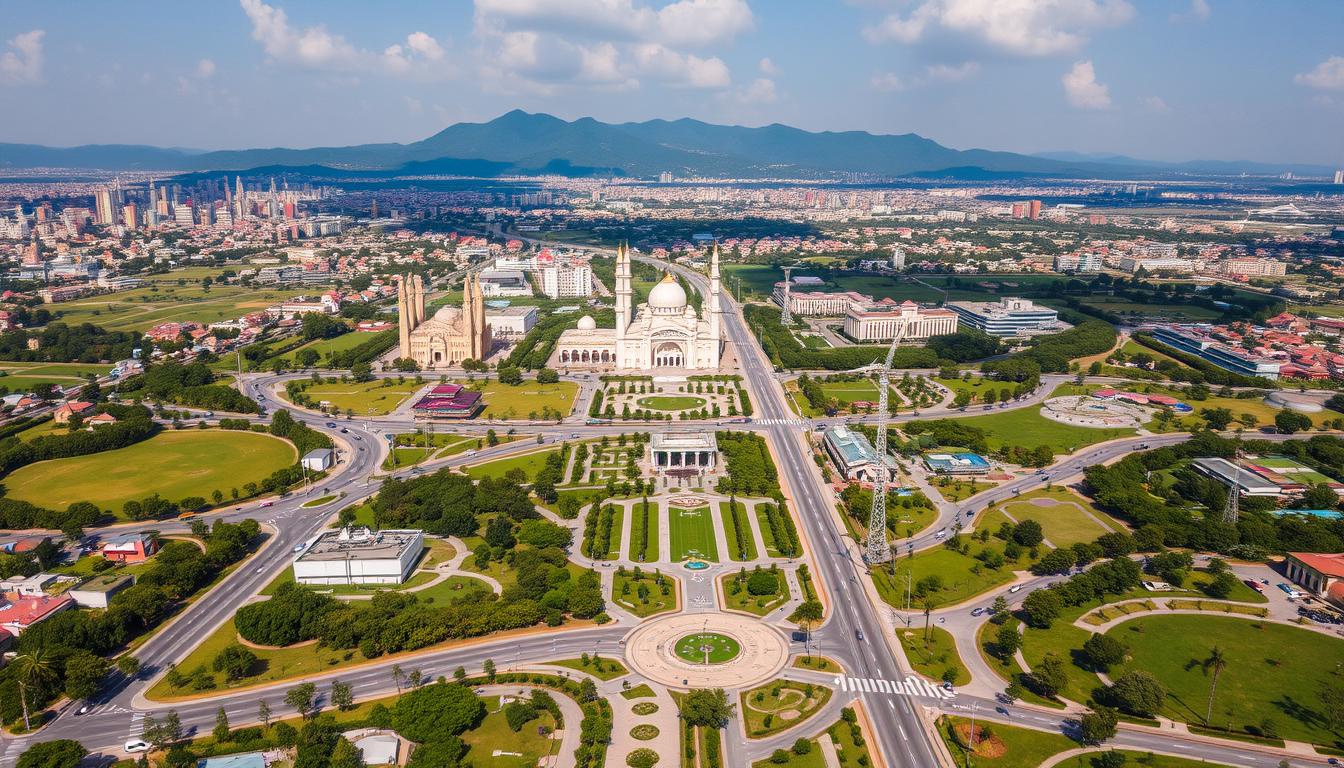
Climate Resilience at the Core
Sustainability in real estate is not just about going green; it’s about surviving the future. Pakistan’s urban centers are already feeling the heat, literally. Rising temperatures, water scarcity, and unpredictable weather patterns demand future designs and building materials that can withstand extreme conditions.
Developers are incorporating double-glazed windows to reduce heat gain, green roofs to absorb stormwater, and smart shading systems to lower cooling costs. In cities like Karachi and Lahore, where the urban heat island effect is a growing problem, these solutions are not just environmentally responsible; they are essential for livability.
The LEED Standard and Beyond
One of the most recognizable benchmarks in sustainable construction is the LEED (Leadership in Energy and Environmental Design) certification. While still a developing trend in Pakistan, LEED-certified buildings are gaining traction in the commercial sector. They are built with an emphasis on energy efficiency, water conservation, and indoor environmental quality, attracting environmentally conscious tenants and investors. In a competitive market, LEED certification isn’t just a green badge; it’s a business advantage. Properties with proven sustainability credentials often command higher rents, lower operational costs, and longer tenant retention.
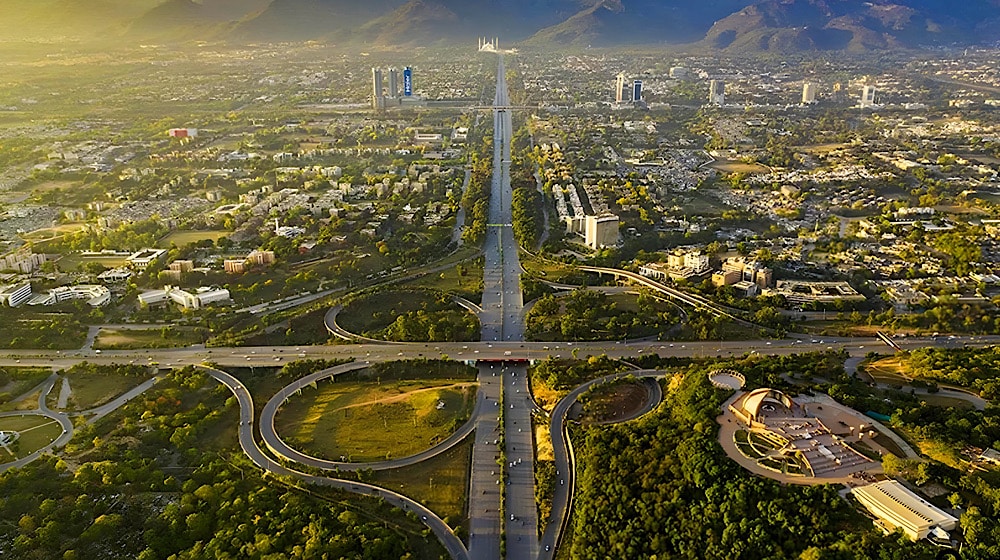
Citadel 7: Setting Benchmark in Climate-Resilient Commercial Spaces
At the forefront of this transformation stands Citadel 7 Corporate Tower Islamabad, a new benchmark for commercial real estate sustainability in Islamabad. The project’s imported façade is not just an architectural statement; it’s designed to minimize energy loss while maintaining optimal interior temperatures. Equally impressive are its UV-filter windows, which block harmful rays while allowing natural light to flood workspaces. This reduces reliance on artificial lighting, cutting electricity costs and creating a healthier environment for occupants. Citadel 7’s approach is a pledge to build responsibly, proving that sustainability and elegance can coexist seamlessly in Pakistan’s urban landscape.
Why Sustainable Construction Makes Economic Sense
For investors and developers, the adoption of sustainable construction materials isn’t just about ethics; it’s about economics. Green buildings often see lower operational costs due to energy and water savings, translating into higher net operating income over time. Additionally, as environmental regulations tighten globally, early adoption of sustainable practices can safeguard assets against future compliance costs. Buyers and tenants are also increasingly eco-conscious, seeking spaces that align with their values. This shift in consumer demand means that green-certified buildings enjoy stronger market appeal and potentially higher resale value.
The Road Ahead for Pakistani Real Estate
Pakistan’s real estate sector is standing at a crossroads. One path leads to business-as-usual buildings that ignore the ecological and climatic realities of our time. The other leads toward a green future of Pakistan, where future building materials and design innovations drive not only environmental benefits but also economic growth and community well-being. The momentum is already here. With projects like Citadel 7 setting the bar high, the adoption of sustainable building construction materials and climate-resilient design is no longer a niche movement; it is the foundation of Pakistan’s next-generation urban identity.

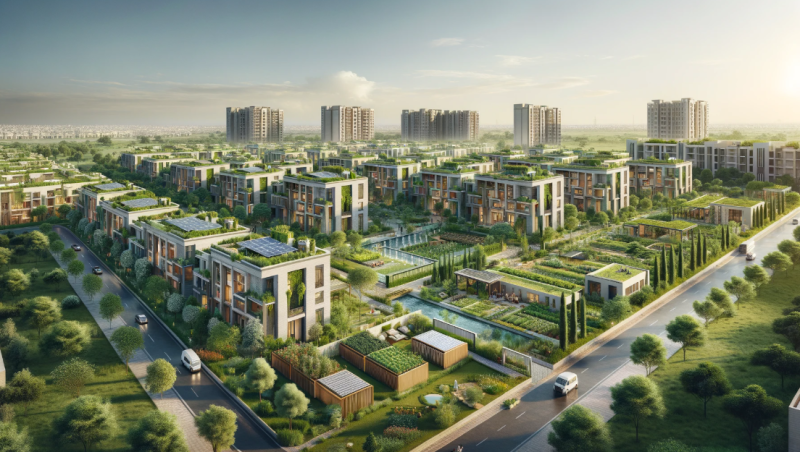


 For young architects, engineers, and real estate professionals, these partnerships open up opportunities to learn from global best practices and apply them within a local framework. The result? A new generation of professionals who think beyond borders while staying rooted in their own communities.
For young architects, engineers, and real estate professionals, these partnerships open up opportunities to learn from global best practices and apply them within a local framework. The result? A new generation of professionals who think beyond borders while staying rooted in their own communities.